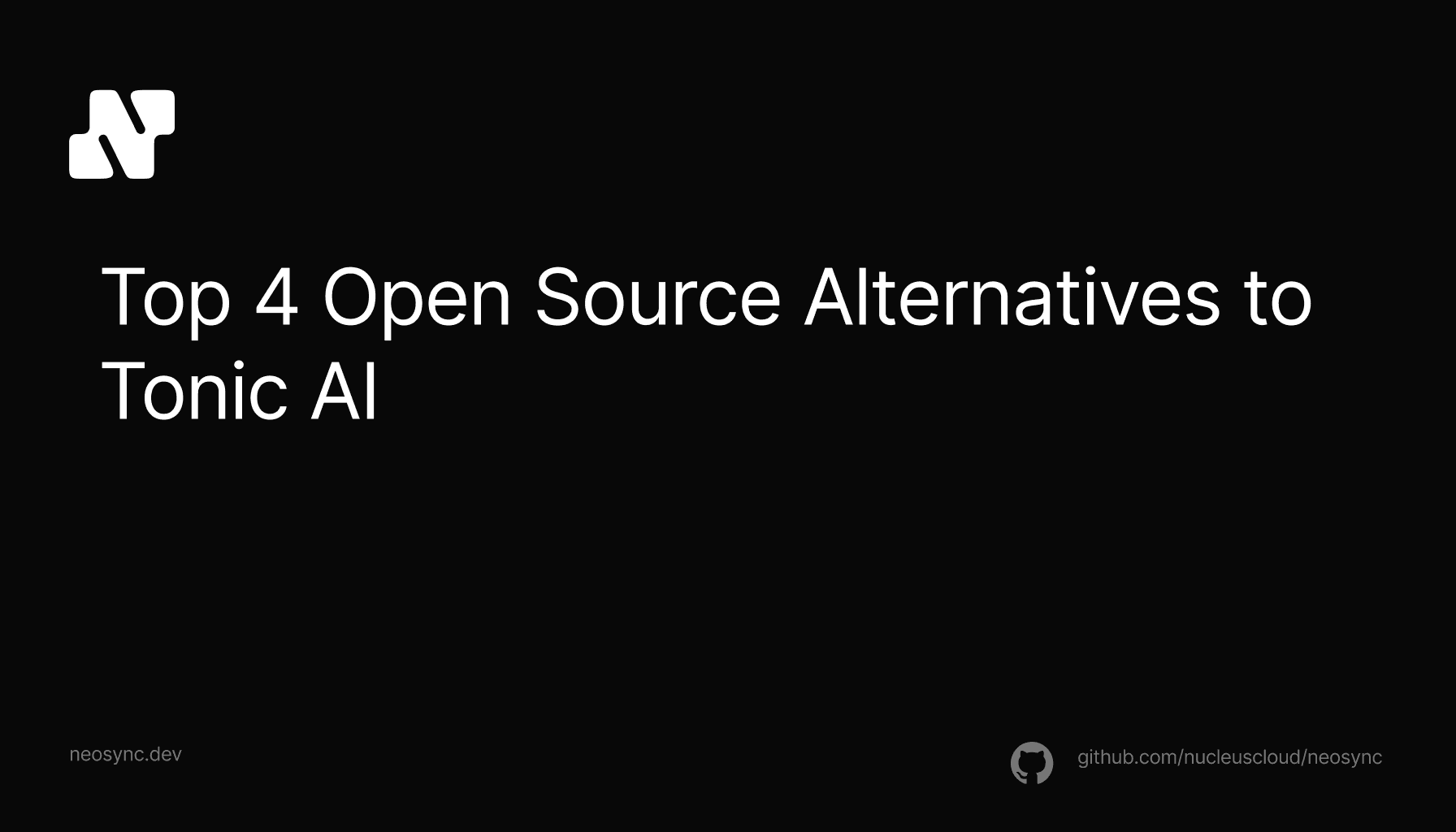
Top Open Source Alternatives to Tonic AI for Data Anonymization and Synthetic Data
Top Open Source Alternatives to Tonic AI for Data Anonymization and Synthetic Data
March 31st, 2025

As more companies deal with sensitive data, the terms "data masking" and "data anonymization" often get used interchangeably. However, these are actually two distinct approaches to protecting sensitive data, each with their own use cases and technical implementations.
In this blog, we'll dive into the key differences and use cases.
Data masking is a technique that replaces sensitive data with realistic-looking but inauthentic data while maintaining the same format and data type. Think of it like putting a mask over the real data - the structure remains the same, but the actual sensitive information is hidden.
Here's a simple example:
-- Original Data
credit_card: 4532-7153-9246-1784
-- Masked Data
credit_card: XXXX-XXXX-XXXX-1784In this case, the format is preserved (four groups of four digits with hyphens), but most of the actual numbers are replaced with 'X' characters. This is a very basic example - in practice, masking rules can be much more sophisticated.
Data anonymization, on the other hand, is a more comprehensive process that transforms data in such a way that it cannot be reverse-engineered to identify the original information. While masking focuses on hiding data, anonymization focuses on permanently transforming it while maintaining its analytical utility.
For example:
-- Original Data
name: John Smith
age: 34
email: john.smith@gmail.com
ssn: 123-45-6789
-- Anonymized Data
name: Frank Johnson
age: 31-35
email: user123@anonymous.com
ssn: [REDACTED]In this case, the data has been completely transformed. The age has been put into a range, the name has been replaced with a different but realistic name, and highly sensitive data like SSN has been completely redacted.
It's really important that the data cannot be reverse-engineered. Otherwise, we would think of that data as being tokenization.
Reversibility
Data Utility
Implementation Complexity
Here's a practical example using Neosync:
// Data Masking Example
function maskCreditCard(value) {
const last4 = value.slice(-4);
return `XXXX-XXXX-XXXX-${last4}`;
}
// Data Anonymization Example
function anonymizeUserData(value) {
return neosync.transformEmail(value, {
preserveLength: false,
preserveDomain: true,
seed: 1,
emailType: 'fullname',
});
}Both data masking and anonymization serve important roles in protecting sensitive data, but they solve different problems. Data masking is great for development and testing scenarios where format preservation is key, while anonymization is better suited for situations where data privacy and security are paramount.
As you build out your data security strategy, consider using both techniques where appropriate. Data masking for your development environments where you need to maintain specific formats, and data anonymization for any situation where data might leave your direct control or when working with highly sensitive information.
Remember, the goal isn't just to hide data - it's to protect it while maintaining its utility for your specific use case. Choose your approach based on your security requirements, regulatory needs, and how the data will be used downstream.

Top Open Source Alternatives to Tonic AI for Data Anonymization and Synthetic Data
March 31st, 2025

Top 4 Alternatives to Tonic AI for Data Anonymization and Synthetic Data Generation
March 25th, 2025

Nucleus Cloud Corp. 2025